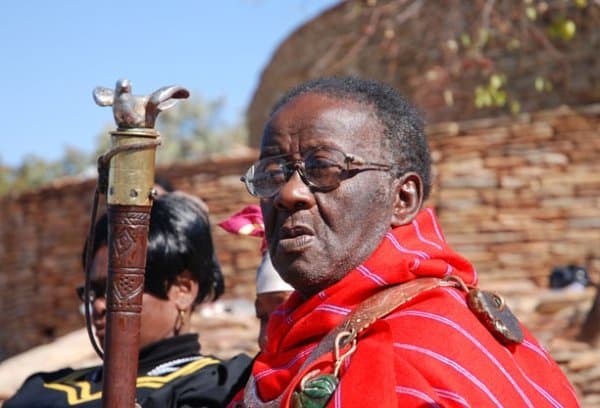Dwarka, India – 12,000 Year Old City of Lord Krishna Found
by December 27, 2021Dwarka (Dvarka, Dwaraka, or Dvaraka, is a city in Gujarat state in India). Dwarka also known as Dwarawati in Sanskrit literature is rated as one of the seven most ancient cities in the country. The legendary city of Dvaraka was the dwelling place of Lord Krishna. It is believed that due to damage and destruction by the sea, Dvaraka has submerged six times and modern day Dwarka is the 7th such city to be built in the area. According to Hindu legend the god Krishna built a city which was ultimately destroyed by rising sea levels. Now archaeologists and Indian Navy divers are investigating underwater ruins at Dwarka on India’s western coast, said to be Krishna’s city. The new efforts, it is hoped, will settle the debate currently raging over the age and authenticity of the site near the Samudranaraya temple. Divers have collected blocks and samples which will now be dated. Traditional Hindu scholars referencing ancient Hindu scriptures believe the location to be very ancient, originally built many thousands of years ago. Such notions are, of course, vehemently rejected by establishment scientists though they are willing to concede that there is evidence indicating an age of as much as 3500 years.
Of course the date when the city was destroyed would be long after the date of its inception, so a definitive maximum date has not been established. The new study is expected to resolve some of the issues. Archaeologists will now use the carbon dating technique to determine the exact age of the ruins. The earlier excavations, that first began about 40 years ago, had only revealed stones, beads, glass and terracotta pieces.
Saturday, 19 January, 2002, 06:33 GMT

By BBC News Online’s Tom Housden
The remains of what has been described as a huge lost city may force historians and archaeologists to radically reconsider their view of ancient human history.
Marine scientists say archaeological remains discovered 36 metres (120 feet) underwater in the Gulf of Cambay off the western coast of India could be over 9,000 years old.
The vast city – which is five miles long and two miles wide – is believed to predate the oldest known remains in the subcontinent by more than 5,000 years.
 |
The site was discovered by chance last year by oceanographers from India’s National Institute of Ocean Technology conducting a survey of pollution.
Using sidescan sonar – which sends a beam of sound waves down to the bottom of the ocean they identified huge geometrical structures at a depth of 120ft.
Debris recovered from the site – including construction material, pottery, sections of walls, beads, sculpture and human bones and teeth has been carbon dated and found to be nearly 9,500 years old.
Lost civilisation
The city is believed to be even older than the ancient Harappan civilisation, which dates back around 4,000 years.
Marine archaeologists have used a technique known as sub-bottom profiling to show that the buildings remains stand on enormous foundations.
The whole model of the origins of civilisation will have to be remade from scratch
|
|
Graham Hancock
|
Author and film-maker Graham Hancock – who has written extensively on the uncovering of ancient civilisations – told BBC News Online that the evidence was compelling:
“The [oceanographers] found that they were dealing with two large blocks of apparently man made structures.
“Cities on this scale are not known in the archaeological record until roughly 4,500 years ago when the first big cities begin to appear in Mesopotamia.
“Nothing else on the scale of the underwater cities of Cambay is known. The first cities of the historical period are as far away from these cities as we are today from the pyramids of Egypt,” he said.
Chronological problem
This, Mr Hancock told BBC News Online, could have massive repercussions for our view of the ancient world.

Harappan remains have been found in India and Pakistan
|
“There’s a huge chronological problem in this discovery. It means that the whole model of the origins of civilisation with which archaeologists have been working will have to be remade from scratch,” he said.
However, archaeologist Justin Morris from the British Museum said more work would need to be undertaken before the site could be categorically said to belong to a 9,000 year old civilisation.
“Culturally speaking, in that part of the world there were no civilisations prior to about 2,500 BC. What’s happening before then mainly consisted of small, village settlements,” he told BBC News Online.
Dr Morris added that artefacts from the site would need to be very carefully analysed, and pointed out that the C14 carbon dating process is not without its error margins.
It is believed that the area was submerged as ice caps melted at the end of the last ice age 9-10,000 years ago
Although the first signs of a significant find came eight months ago, exploring the area has been extremely difficult because the remains lie in highly treacherous waters, with strong currents and rip tides.
The Indian Minister for Human Resources and ocean development said a group had been formed to oversee further studies in the area.
“We have to find out what happened then … where and how this civilisation vanished,” he said.
